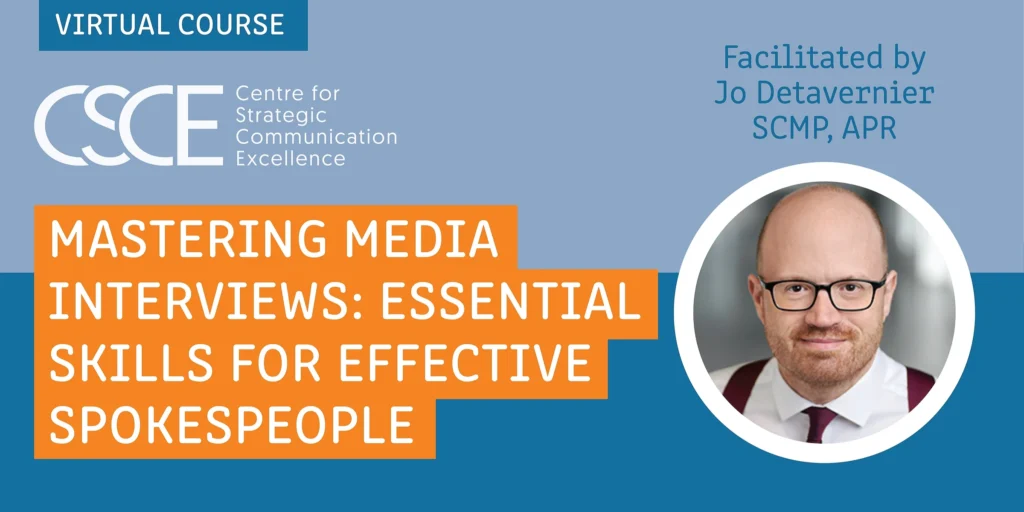Today we have just eight seconds. Eight seconds to get someone’s attention and decide to engage with us further.
We all have too much to read and see, too much to think about, too much to do. Therefore, no surprise people have to be good to get and keep our attention. Mostly they are not.
The stakes are high. Failure renders us invisible to those who decide whether our strategies succeed, whether our products and services compete, and whether those who count to us think we count to them.
Being good at this is mastering many things. However, most people, including professionals, fail early to one of the three main poisons that kill any communication on sight.
Making it all about us
Australian Prime Minister Kevin Rudd made self-references a public issue because of his over-use. “My Government; what I think; people tell me; when I was in Beijing; I told (pick your name drop).”
People are not interested in our organisations or us until they know we are relevant to something they want. The great US copywriter Robert Collier said it clearest “Always enter the conversation already taking place in the customer’s mind.” He would have made the same point if he were trying to influence staff, regulators, politicians, community members or any other stakeholder group.
How many people attempt to do what Collier advised? Almost no one if you look at most organisational communication today. The ones that do stand out.
So first, we have to help our audience see immediately what is in it for them to listen to us. Sounds simple, but so few do it well. Perhaps because they don’t bother to understand their audience.
Anyone with a pulse
Narrowing our targets gives us more chance to cut through and appeal to them. Because as we go for broader groups, our message becomes more diluted.
Andrew Hockley was Director of Strategic Communication for the Victorian Government when Steve Bracks was Premier. Therefore, his audience was the people of Victoria. However, he had to communicate with people in specific groups, not aim at the average Victorian. He once observed that if he profiled the average Victorian, they would have only one testicle and one ovary. Shooting at averages misses everyone.
If you are talking to a group of fruit growers, you can talk about quality systems for fruit growing, storage and transport. If it is a group of grape growers, you can discuss specific problems and solutions for improving grape growing.
This plays to the rules of the ladder of abstraction. The more abstract something is the less likely people will be to be interested. The more specific, the more likely it will appeal.
A mother knows offering a child an apple, strawberry or banana will be more effective than offering a piece of fruit. Because the specific fruit is a more compelling picture in their mind.
Low impact messaging
How often do you hear a leader say, “We’ve just got to get our message out there,” as if it is some magic pill that will solve all.
The kind of messages that appeal to such leaders are simply telling people the corporate line. Makes the leader happy. Utterly fails with your target.
Three things make all the difference between failure and getting your desired outcome:
- The propositions (implied and stated) you have to make
- The language and symbols that bring those propositions to life, and
- The context you provide, which makes sense of your propositions for your audience (answers “why?” from the audience point of view).
By 2011, Cummins Pacific had failed to turn around a staff safety culture despite blanketing its Australian and Pacific region workforce with safety appeals, information and targets. In effect, they had failed to get their message through despite leadership commitment, expensive information programs and a continuing injury rate.
CEO Dennis Quinn said he didn’t want to have one more injury on his watch. He meant it.
The solution was to target all supervisors in the region – just over 400 from Australia, New Zealand, Papua New Guinea, and many Pacific Island nations. Cummins split the group and flew them to Perth and Melbourne on consecutive weekends. The purpose was to give them each a personal reason to care about the safety of their workplace at a new higher level – the number one priority as Quinn put it.
Each weekend ran from Friday night to Sunday afternoon, and mainly consisted of experiences of the consequences of poor safety, and staff discussions. The supervisors were free to express any view on the objective at any time, and many did.
The experiences included injured workers discussing the consequences of their injuries on their lives, often with family members also describing the effects on others. Supervisors shared dilemmas they felt prevented them from giving safety a first priority focus. People from other fields came in and spoke about their injuries and safety experiences, and what they had done about it.
At all times leadership noted the language used and reflected it in their response.
Quinn and his team didn’t just share what the vision was and why, but then gave the supervisors the space to decide for themselves the more specific versions of these. They allowed the stories to speak for themselves, for the supervisors to form their own views, and all the while sharing experiences that brought the whole safety priority to life for each in a personal and shared experience.
Quinn said after the meetings that for the first time they had their supervisors fully behind their safety culture. Together they identified remaining barriers, and he outlined to all staff what he would do and when the company would complete all commitments.
Cummins Pacific put the focus on their people, narrowed their target, and played by the communication rules that deliver high impact outcomes.





